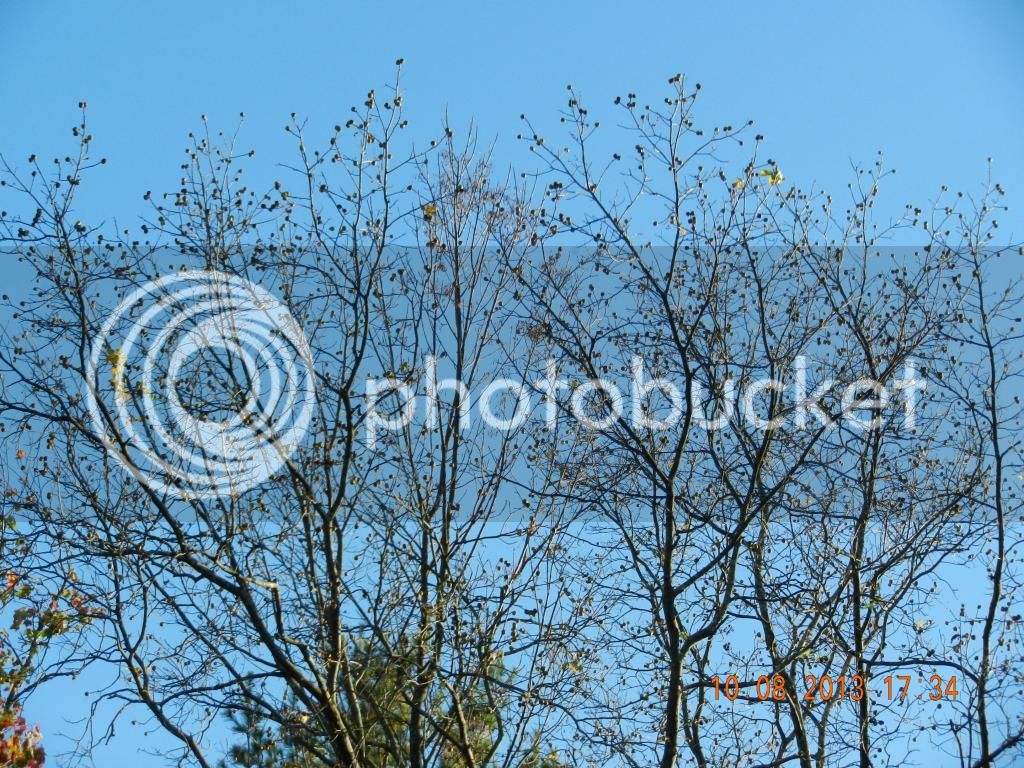Claude said:How many times have we seen someone grab the rod as high as possible and try to drive the ball down in one, forceful stroke? It looks impressive in the movies, but it's a good way to break a long, thin wooden rod. :wink:Stumpkiller said:Choke up on them when forcing the ball down.
I KNOW I read in a manual or book or what have you some time long ago that one should seat the ball smoothly in one smooth push. IT DONT WORK! Or yer shooting a real loose load. I have always (cept once) used the 8-10" above bore rule. And have never bounced the ram rod or blown down the barrel (have cut myself slicing patches at bore though :redface: ). When I can afford one I'll likely get the indestructible ramrod show in a post above. Been eyeballing em for years. All my guns but an enfield and my crocket have wood.







